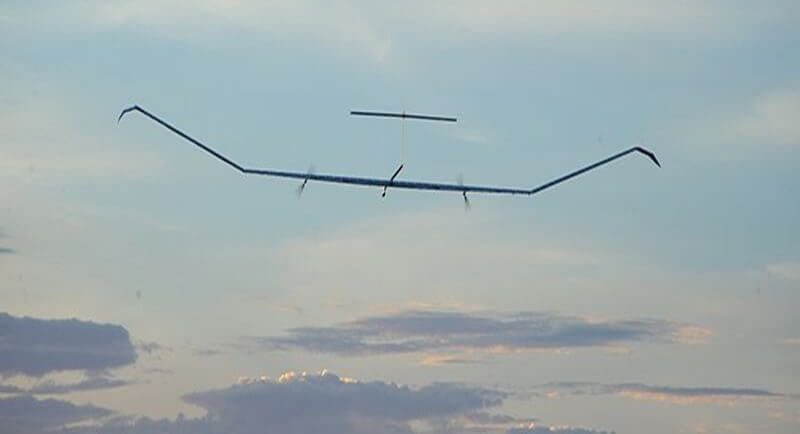Cuberg, a startup battery company based in Emeryville, California, is pretty specific about its cell-level battery performance – 369 Watt-hours per kilogram at a discharge rate of C/20. This was verified in testing at the Idaho National Laboratory, with Cuberg cells demonstrating a specific power of 2,000 Watts per kilogram. Cells lasted through “around” 370 cycles with C/2 charging before they dropped to the ability to maintain 80-percent capacity. See a .pdf of the test results here. Verifiable Numbers INL tested around 20 of Cuberg’s battery cells, covering multiple cell variants across a spectrum of performance tests. “While the testing all looked good, our announcement addresses the specific metrics that are of most impact to our industry,” Cuberg CEO Richard Wang told eVTOL.com. Independent testing by certified laboratories enables us to see verifiable numbers, highly important in designing new electric aircraft and converting existing aircraft to electric power. Gasoline and Diesel fuels already have well-established numbers, which makes determining output …
Battery Options for Range and Longevity
Two varying approaches to battery development may hold clues to future directions for energy storage. At the same time, their announcements, promising as they seem, reinforce our cautious attitudes toward how battery performance numbers are presented. PNNL Attacks the Electrolyte Issue According to Green Optimistic, “Researchers from the Pacific Northwest National Laboratory (PNNL) have developed a new formula for battery’s electrolyte solution to enhance its performance unprecedentedly in terms of its service life and storage capacity or an electric vehicle’s range.” The video gives an overview of what it takes to make a battery and hints at the reasons battery research takes so long to give up improved energy storage devices. Unprecedented the development may be, and the promise of a battery with a 7X longer lifespan and two-to-three times longer range than currently-available batteries certainly captures our attention. Its own press release suggests that PNNL researchers are enthusiastic about the longevity of their new chemistry. “When it comes to …
Keeping Battery Fires at Bay
Fires on or in aircraft are anathema, leaving a pilot and passengers with few options. Even a laptop starting to smoke in the cabin will cause an emergency descent and a diversion to the nearest airport. As designers incorporate larger lithium batteries into new aircraft (and they are essential to motor-driven planes), the need to keep things from self-igniting becomes imperative. Researchers at Stanford University and the Department of Energy’s SLAC National Accelerator Laboratory, working with funding from the Joint Center for Energy Storage Research (JCESR) discovered, “That adding two chemicals to the electrolyte of a lithium metal battery prevents the formation of dendrites – ‘fingers’ of lithium that pierce the barrier between the battery’s halves, causing it to short out, overheat and sometimes burst into flame.” Preventing these shorts will lead to the next-generation batteries being able to take advantage of lithium-sulfur and lithium-air technologies with up to 10 times the energy per weight of batteries now used in …
Better Batteries: Wrap It in Seaweed
MIT’s Technology Review reported last September that researchers at the Georgia Institute of Technology and Clemson University had formulated a way to keep silicon anodes in lithium batteries from cracking under the strain of expending and contracting while they charge and discharge. They added a “binding agent and food additive derived from algae” that is in turn derived from seaweed. This enables the anode to charge and discharge at an eight times greater rate than an equivalent carbon anode without breaking down, a common problem for “raw” silicon. Environmentally friendly, the manufacturing processes for this type of anode are claimed to be clean and inexpensive. According to the Technology Review, “Lithium-ion batteries store energy by accumulating ions at the anode; during use, these ions migrate, via an electrolyte, to the cathode. The anodes are typically made by mixing an electroactive graphite powder with a polymer binder—typically polyvinylidene fluoride (PVDF)—dissolved in a solvent called NMP (N-Methylpyrrolidone). The resulting slurry is spread …


